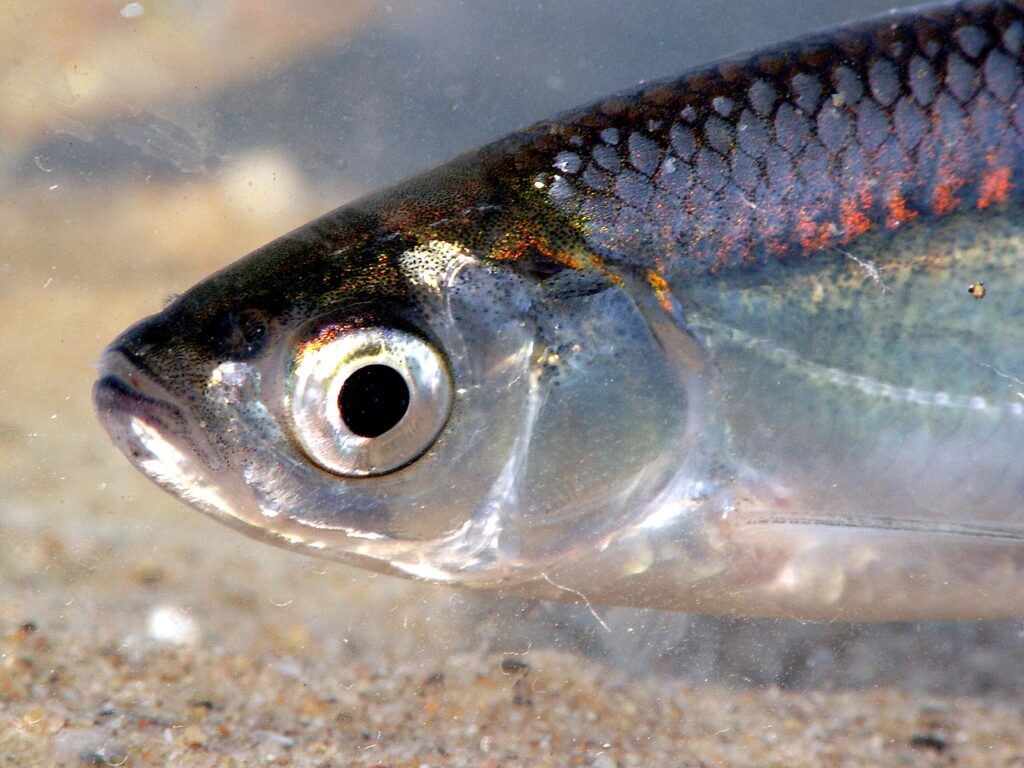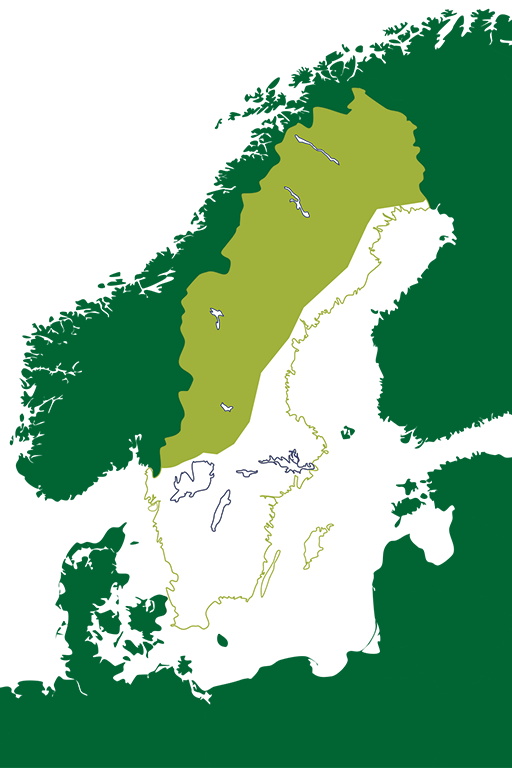Common Bleak
Alburnus alburnus

Used to make pearls
The common bleak is a schooling fish that lives primarily in fresh water. It can also be found along the Baltic coast. The bleak’s scales are silvery, and an extract made from them, called “pearl essence”, were once used to make artificial pearls.

Photo: Piet-Spaans-CC-BY-SA
Jumps above the surface
Between April and September, the common bleak usually sticks to shallow water, where it dwells close to the surface. It has good eyesight, allowing it to hunt insects and crustaceans that live on and just above the surface. The bleak can jump above the surface to catch flying insects. Between October and March, the bleak is found in deeper waters.

Photo: I-Viridiflavus-CC-BY
The water boils
In May and June, common bleaks gather in large schools on shallow, rocky bottoms to spawn. It can look like the water is boiling when the bleaks gather closely together and jump and splash in the water. A female can lay up to 10,000 eggs during the spawning period. The eggs stick to stones and plants.
Distribution in Sweden

All across south Sweden and along the coastlines in the north.
White marking = Distribution
Threat based on the Red List

Trade regulations
CITES: Not listed.